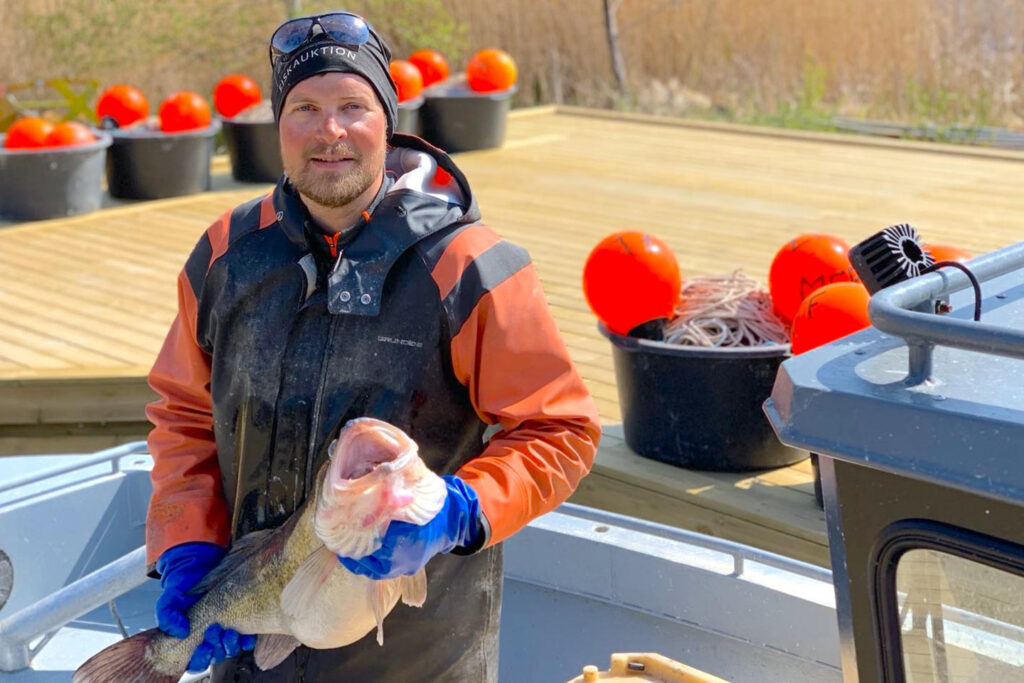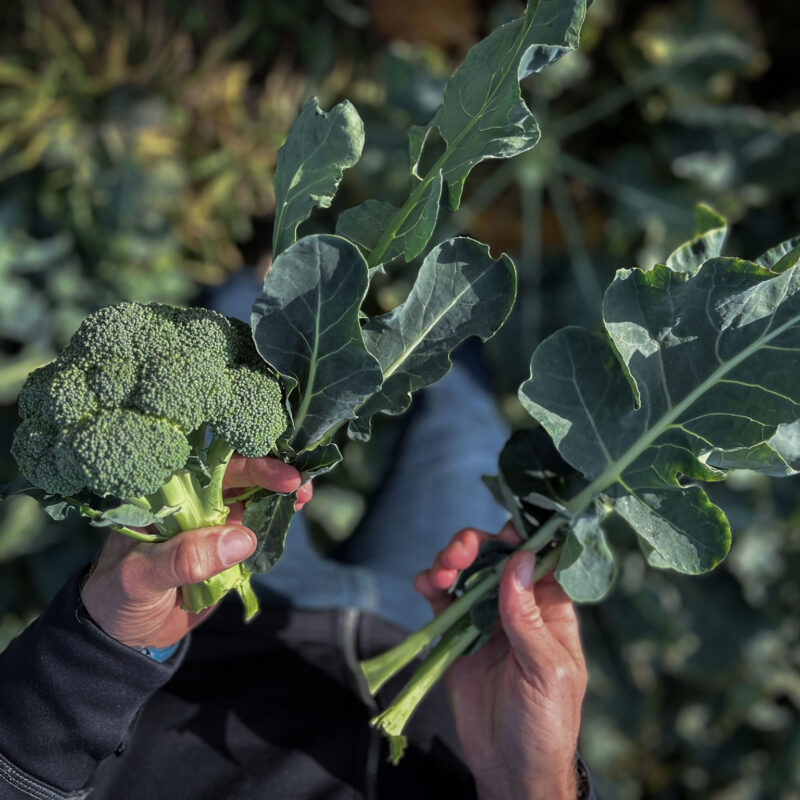The fisher behind the bream: “It’s fantastic that what we call unwanted fish can become an appreciated resource.”
2020.06.25
In this year’s edition of the Sustainable Seafood guide from WWF in Sweden, several Swedish inland fish got the green light, including the bream, which was presented as a new food fish. Although there are sustainable populations of several tasty and nutritious fish species in our nearby seas and lakes, almost 70% of all fish and seafood consumed in Sweden is imported. Axfoundation and the Stockholm county council are collaborating with the whole value chain – from consumer to fisher – in the project Underutilized fish species to map the availability of such fish species and evaluate their potential as attractive food products. One of the actors that makes this project happen is Daniel Vidlund, seventh-generation fisher at Lake Malar (Swedish: Mälaren).
“I think it’s crazy that we eat so much pangasius from the other side of the earth when there is such fine white fish in the immediate area. Today, Swedish fish is not sufficiently available to consumers and I hope we can change that through this project.” – Daniel Vidlund, professional fisher
Daniel primarily catches zander, pike and perch. MSC-certified fishing is underway of zander at Lake Malar – where large quantities of bream are also caught – a species that is not used today.

Bream’s undeserved bad reputation
Swedes mainly eat salmon, herring and cod. In fact, ten fish species account for 80% of all consumption. Simultaneously, there are many other species that are not used for food, species that are caught but that are not considered commercially viable and are therefore released back into the water. With modern technology, tasty and nutritious fish can be transformed into popular dishes that are sustainable for both the environment and people. Those who have so far tried the bream products have been pleasantly surprised, both children and adults. Daniel Vidlund is one of the fishers who have supplied the fish for tasting.
”At times, we catch large numbers of bream in our nets and they are returned alive to the water. It’s a resource we could use. But today we exclusively fish predators. If you take advantage of the bream, you also catch on a fish that is not predatory, which I think would contribute to a better balance in the ecosystem.”

Tasting of the bream products received positive responses from children and adults.
Additional species can boost profitability
Sustainability challenges tackled by the project Underutilized fish species are far greater than a single actor can solve. This is why Axfoundation has joined up with the Stockholm county as well as nutritional experts and professional fishers. The initiative has the potential to create transformative change and contribute with both sustainability and business benefits. Daniel Vidlund views the initiative positively and hopes that it can contribute to better profitability.
“Bream is a bycatch* that we have not taken advantage of before. Today, we have very low fuel consumption per kilo of caught fish and it would be even lower if we dealt with the bream. If this project also enables fishing of more species, it also provides a more even income which hopefully makes the profession more attractive to young people, as Swedish professional fishers are getting older.”
Since the project Underutilized fish species started in 2019 within Axfoundation’s program Future Food, the focus has been on Sweden’s Malar region. If the initiative proves successful, Axfoundation plans to scale up the project so that the whole of Sweden can be seen as a raw material resource for underutilized fish species in the long term.
“I don’t see there being a risk that we will fish too much of the bream as we will not target that species. Instead, we are targeting the zander, which is increasing in number.”
* A bycatch is a fish caught unintentionally. In Lake Malar, the target species is the zander and the bream is the main bycatch. The bycatch is released back into the water.
























































